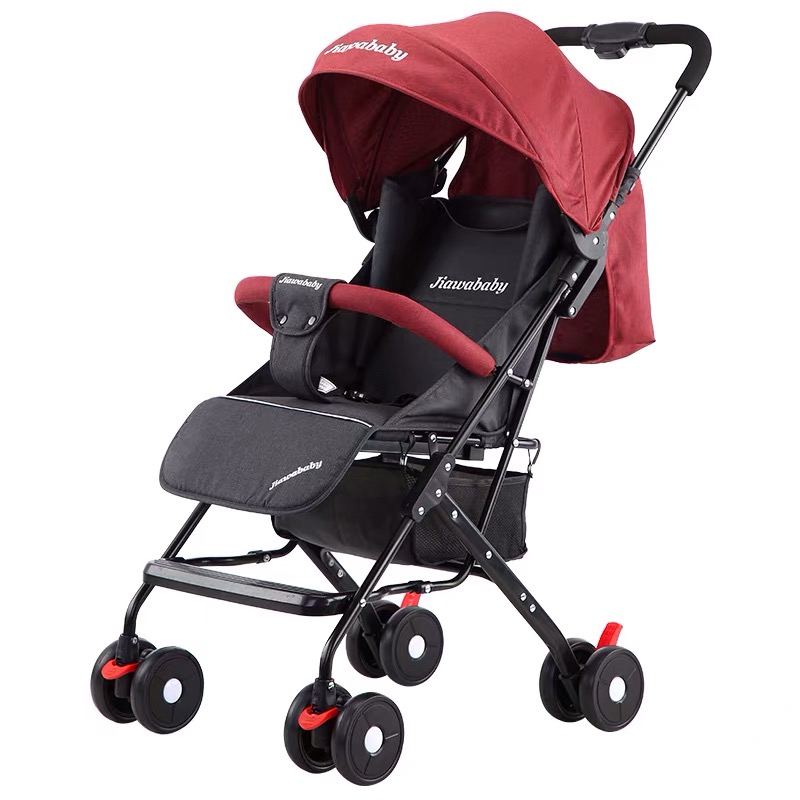kids' adaptive tricycle
The Benefits of Kids' Adaptive Tricycles A Comprehensive Guide
Children with mobility challenges often face significant barriers in their daily lives, particularly when it comes to participating in physical activities such as cycling. However, the advent of adaptive tricycles has revolutionized the way these children engage with their environment and peers. In this article, we will delve into the numerous benefits of kids' adaptive tricycles, highlighting their design features, developmental advantages, and their role in fostering inclusivity.
What are Adaptive Tricycles?
Adaptive tricycles are specially designed bicycles that cater to the unique needs of children with disabilities. Unlike standard bicycles, these tricycles often feature broader wheelbases for stability, adjustable seating to accommodate different body types, and additional support mechanisms to aid in balance and control. Some models even come equipped with specially designed hand pedals for kids who may not have the strength to pedal with their feet.
Enhancing Physical Health
One of the most significant benefits of adaptive tricycles is the promotion of physical health among children with disabilities. Regular cycling helps strengthen muscles, improve cardiovascular health, and enhance overall coordination. For children who may be confined to wheelchairs or have limited mobility, riding an adaptive tricycle can provide a much-needed opportunity for physical activity. Engaging in cycling can also help in maintaining a healthy weight and improving endurance.
Developing Social Skills
Children thrive in social settings, and adaptive tricycles allow for increased participation in group activities. Riding alongside peers can foster a sense of belonging and help children develop crucial social skills. Adaptive cycling events and rides create inclusive environments where children of all abilities can interact, share experiences, and make friends. This social interaction is essential for emotional development and can boost a child’s self-esteem and confidence.
Promoting Independence
kids' adaptive tricycle

One of the most empowering aspects of using an adaptive tricycle is the sense of independence it fosters in children. Many kids with disabilities often rely on caregivers for transportation and mobility. An adaptive tricycle provides them with the ability to move independently, choose their paths, and explore their surroundings. This newfound freedom can have a profound psychological impact, allowing children to feel more in control of their lives.
Building Motor Skills
Riding a tricycle requires coordination and balance, which are vital motor skills. For children with disabilities, these skills can sometimes be more challenging to develop. Adaptive tricycles enable children to practice their motor skills in a safe environment, helping them gain confidence in their physical abilities. Regular use can lead to improved fine and gross motor skills, which are crucial for everyday tasks.
Customization and Accessibility
Adaptive tricycles come in various models, each with the potential for customization to suit individual needs. Families can choose from different sizes, colors, and features, ensuring that the tricycle is both appealing and functional for the child. Additionally, many organizations offer financial assistance programs to help families obtain these specialized bikes, making them more accessible to those in need.
Fostering a Love for Adventure
The thrill of riding a tricycle can spark a love for outdoor activities and adventure in children. Many families report that their children are more inclined to engage in various outdoor pursuits, such as parks, trails, and community events, thanks to their adaptive tricycles. This love for adventure not only enhances their physical health but also enriches their emotional well-being by allowing them to experience the joy of exploring the world around them.
Conclusion
Kids' adaptive tricycles serve as an invaluable tool in promoting physical health, social integration, independence, and motor skill development for children with disabilities. By providing these children with the means to participate in cycling, we open the door to a world of opportunities that foster confidence, joy, and a sense of belonging. As we continue to embrace inclusivity and innovation, adaptive tricycles will undoubtedly play a pivotal role in creating a more equitable environment for all children.
-
Kids Electric Motorcycle New Model with Early Education Baby Car – A Fun and Educational Ride for Young ExplorersNewsJul.08,2025
-
Kids battery power car baby four-wheel off-road vehicle children electric toy carNewsMar.07,2025
-
New Hot Design Factory Wholesale Light Weight Small Folding Size Baby StrollerNewsMar.07,2025
-
2022 newest factory boys and girls powerful battery operated 4-wheel ride on electric carNewsMar.07,2025
-
2022 newest factory boys and girls powerful battery operated 4-wheel ride on electric carNewsMar.07,2025
-
Kids battery power car baby four-wheel off-road vehicle children electric toy carNewsMar.07,2025
